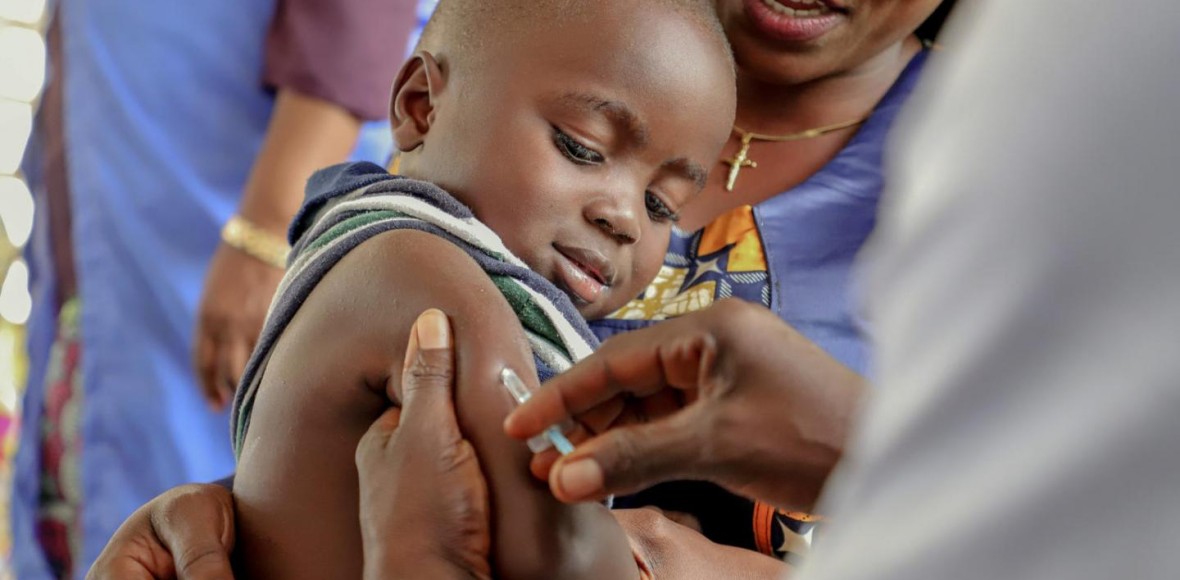
The overall national child vaccination rate stands at 80 percent according to 2022 Kenya Health Demographic Survey released today.
This is a slight improvement from 2014 KDHS where national vaccination rate stood at 79 percent for the same age group.
Vihiga County has the highest number of children vaccinated standing at 96 percent followed by Nyandarua,Tharaka nthi and Murang’a counties at 95 percent.
On the other hand, Garrisa had the lowest rate at 23 percent followed by Wajir and West Pokot at 49 percent.
Comparison on uptake of vaccine in rural and urban areas shows the uptake is similar at 80 percent.
In regard to childhood illnesses, 2 percent of children under age 5 showed symptoms of acute respiratory infection in the two weeks before the survey, 82 percent of the cases sought treatment.
17 percent of children under age 5 had a fever in the two weeks before the survey had fever, 70 percent of the cases sought treatment, while 14 percent had diarrhea and 57 of the cases sought treatment.
In 2014, 9 percent of children under age 5 showed symptoms of acute respiratory infection in the two weeks before the survey; 66 percent of these children were taken to a health facility or provider for advice or treatment.
Twenty-four percent of children under age 5 had a fever in the two weeks before the survey; 63 percent of these children were taken to a health facility or provider for advice or treatment.
Fifteen percent of children under age 5 had diarrhea in the two weeks before the survey, 58 percent of the cases sought treatment.
This is the 7th demographic and health survey conducted in Kenya. The first one was in 1989.
In this year’s survey, conducted between February 17 to July 13, the bureau targeted females aged 15 to 49 and males 15 to 54 years.
The sample was designed to include 42,300 households, with 25 households chosen for each cluster, for a total of 1,692 clusters spread across the country, with 1,026 clusters in rural areas and 666 in urban areas.
The 2022 survey aims to provide up-to-date estimates of demographic, health, and nutrition indicators to help with population and health-related program planning, implementation, monitoring, and evaluation at the national and county levels.

Leave a Reply